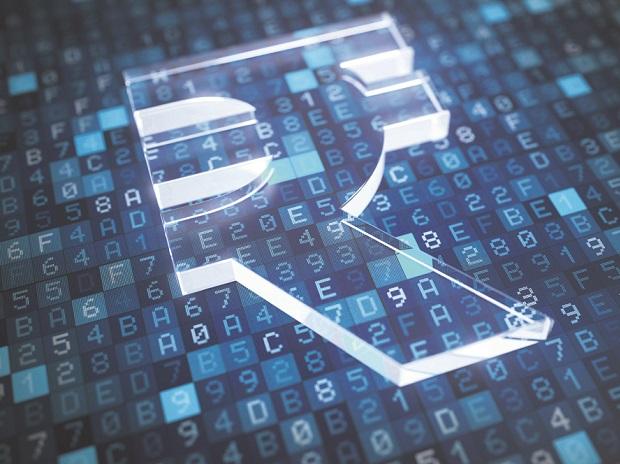[ad_1]
The Reserve Bank of India (RBI) will launch the first pilot for the retail version of the Central Bank Digital Currency (CBDC) tomorrow, December 1, exactly a month after it started a pilot for the digital rupee-wholesale segment. Let’s look at the fine print of the roll-out:
What is CBDC?
A CBDC is a legal tender issued by a central bank in a digital form. It is exchangeable at par with existing currency.
Types of CBDC
Based on the usage and functions performed by the CBDC, and considering the different levels of accessibility, it can broadly be of two types — general purpose (retail) (CBDC-R) and wholesale (CBDC-W).
Retail CBDC
CBDC-R is an electronic version of cash primarily meant for retail consumption. Retail CBDC can provide access to safe money for payment and settlement as it is a direct liability of the central bank. For CBDC-R, a token-based CBDC with tiered architecture model was proposed wherein the RBI shall only issue and redeem e-rupee while the distribution and payment services will be delegated to banks.
Retail CBDC (e₹-R) would be potentially available for use by all viz. the private sector, non-financial consumers, and businesses, while wholesale CBDC is designed for restricted access to select financial institutions.
Rapid acceptance of digital mode of payments is one reason for the possible success of retail CBDC. The Reserve Bank Digital Payment index (RBIDPI) demonstrates significant growth in adoption and deepening of digital payments across the country.
Retail pilot
The retail pilot project will initially cover four cities — Mumbai, New Delhi, Bengaluru and Bhubaneswar. It will be subsequently extended to Ahmedabad, Gangtok, Guwahati, Hyderabad, Indore, Kochi, Lucknow, Patna, and Shimla.
The pilot project will be in the form of a digital token that represents legal tender. It will be issued in the same denominations as paper currency and coins, and will be distributed through intermediaries, i.e. banks. Users will be able to transact with e₹-R through a digital wallet offered by the participating banks and stored on mobile phones/devices.
The transactions using the retail CBDC can be both person-to-person as well as person-to-merchant, and payments can be made using QR codes shown at merchant locations.
The retail CBDC will not earn any interest. It can be converted into other forms of money such as bank deposits.
The RBI has identified eight banks for phase-wise participation in the retail CBDC pilot and the first phase shall commence with four lenders — State Bank of India, ICICI Bank, YES Bank, and IDFC First Bank. Four others — Bank of Baroda, Union Bank of India, HDFC Bank and Kotak Mahindra Bank — shall join the pilot later, the RBI said.
How is CBDC different from other digital payments like UPI?
CBDC is more anonymous than traditional digital transactions. In CBDC, the core banking will have a one-time debit for currency purchase, but all subsequent transactions will move from wallet to wallet.
|
|
RBIDPI |
|
March 2018 (base) |
100 |
|
March 2020 |
207.84 |
|
March 2021 |
270.59 |
|
March 2022 |
349.30 |
[ad_2]
Source link



